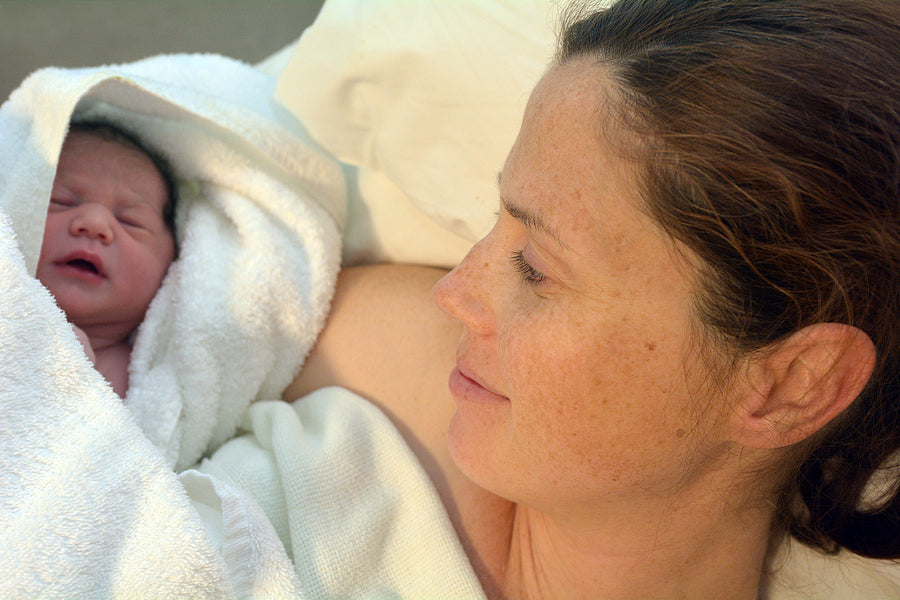Although labour is meant to be the most natural thing in the world, it can quickly become very dangerous for both mum and baby without medical intervention. This is why forceps are sometimes used to assist the mother when giving birth, so the baby can be delivered quickly and safely.
Forceps are a type of metal medical instrument that can be positioned around the baby’s head like a pair of tongs. During a challenging labour, the obstetrician can gently pull on them while the mother pushes to help the baby come out of the birth canal.
There are several reasons why forceps might be needed, such as when the final stages of labour have not been progressing, during a breech birth, when the baby appears tired from a lengthy labour, or when their heart rate slows down or speeds up.
It might also be in the mother’s interest to use forceps, such as if she has a health condition that puts her body under too much stress with lots of pushing, or if it has been a difficult and long labour and she is struggling.
Forceps cannot be used in all deliveries though, as the baby already needs to be at least halfway along the birth canal. What’s more, the delivery team has to be able to tell what position they are in before using them.
However, if the baby looks too big for the birth canal, is leading with their arms, is bleeding, or their position cannot be determined, forceps cannot be used. Furthermore, if the mother is not fully dilated or is less than 34 weeks pregnant, this type of delivery cannot go ahead.
Though forceps can cause bruising on the baby’s head, the medical equipment does not cause lasting damage and can save their lives by getting them out of the birth canal as quickly as possible.

